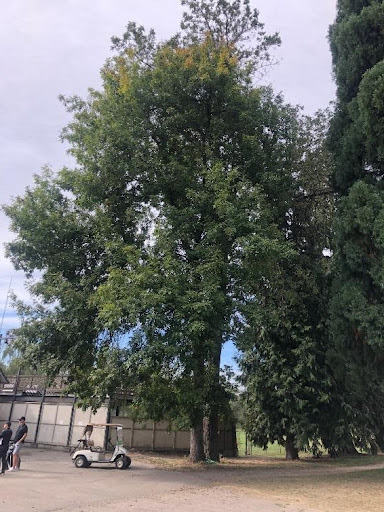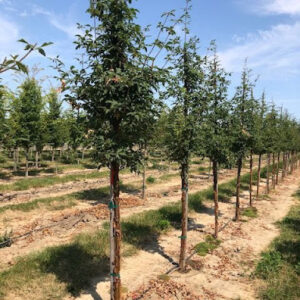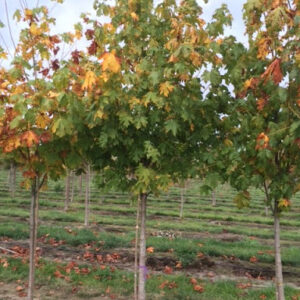Cladrastis kentukea, formerly Cladrastis lutea – Yellowwood
$250.00
Botanical Name: Cladrastis kentukea, formerly Cladrastis lutea
Alternate Name: Kentucky Yellowwood, American Yellowwood
The Kentucky or Common Yellowwood is a graceful tree with upright and open branching and a rounded form. It is a medium-sized deciduous tree that grows to a height of 30-50 feet, with a spread of 40-55 feet. This tree is native to the southeastern United States, namely North Carolina, Kentucky, and Tennessee, although it is also found in some other states in the midwest and the south. It is found growing in rich, alkaline soils – in river valleys and along ridges.
The bark of the Yellowwood or Cladrastis kentukea tree is an attractive, smooth gray, which provides interest on the winter silhouette. The leaves are medium sized and yellow-green in color when they first emerge. They are pinnately compound, usually with 7-11 leaflets making up each leaf. The foliage turns bright green in summer and then yellow for a fall display.
The small pea flowers provide a beautiful and fragrant presentation in May. They hang in panicles, 10-15 inches long. They are similar to that of the Black Locust tree (Robinia pseudoacacia) or Wisteria. Flowering on the Yellowwood will occur profusely one year and then scant or not at all the next.
The Yellowwood tree works well planted in groupings on large properties or as a lawn or patio tree. It is called Yellowwood because of a yellow dye the tree produces in its heartwood.
This tree doesn’t have any serious insect or disease problems, but it can be susceptible to Verticillium Wilt if planted in heavy, wet soil. Its branches can be fragile and susceptible to breaking during winter storms.
Product Dimensions
The purchased tree will be within the ranges below. If you require a specific size, please call us at
(503)585-8337
Please review Product shipping dimensions to ensure size of vehicle used for pickup of tree is sized correctly.
Click here for more information.
- Caliper Range p
- 1 3/4"-3"
- Height Range p
- 10-14'
44 in stock





